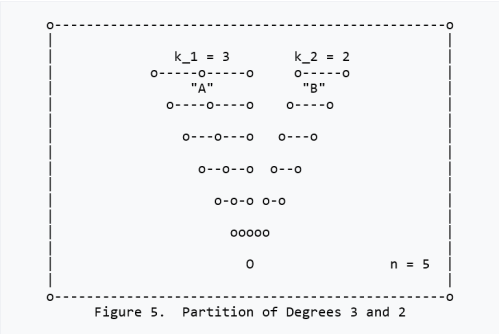Uncertainty Moderated
In many ways the provision of information, a process which serves to reduce uncertainty, operates as an inverse process in relation to the type of uncertainty augmentation which takes place in compound decisions. By way of illustrating the relation in question, let us return to our initial example.
A set of signs enters on a setup like that as a system of middle terms, a collection of signs one may regard, aptly enough, as constellating a medium.
The language or medium in Figure 5 is the set of signs On the assumption the initial
outcomes are equally likely it is possible to associate a frequency distribution
and thus a probability distribution
with the language, thereby defining a communication channel.
The most important thing at this stage of development is simply to get a first handle on the “conditions for the possibility of signs making sense”, but once we have that much in hand we can begin constructing the rough and ready pieces of information-theoretic furniture we need, like measures of uncertainty, channel capacity, and the amount of information associated with the reception or the recognition of a single sign.
cc: FB | Semeiotics • Laws of Form • Mathstodon • Ontolog • Academia.edu
cc: Conceptual Graphs • Cybernetics • Structural Modeling • Systems Science


Pingback: Survey of Pragmatic Semiotic Information • 8 | Inquiry Into Inquiry